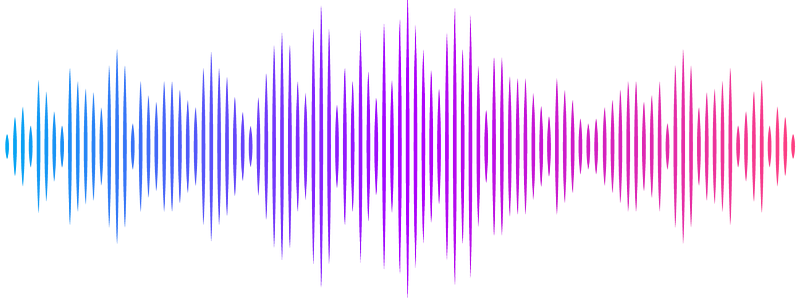Quantification of water exchange across the blood-brain barrier using non-contrast MR fingerprinting

Quantification of water exchange across the blood-brain barrier using non-contrast MR fingerprinting
Thomson, E. L.; Powell, E.; Wheeler-Kingshott, C. A. M. G.; Parker, G. J. M.
AbstractA method is proposed to quantify cerebral blood volume (vb) and intravascular water residence time ({tau}b) using magnetic resonance fingerprinting (MRF), applied using a spoiled gradient echo sequence, without the need for contrast agent. An in silico study optimised an acquisition protocol to maximise the sensitivity of the measurement to vb and{tau} b changes. Its accuracy in the presence of variations in T1t, T1b, and B1 was evaluated. The optimised protocol (scan time of 19 minutes) was then tested in a exploratory healthy volunteer study (10 volunteers, mean age 24 {+/-} 3, 6 male) at 3 T with a repeat scan taken after repositioning to allow estimation of repeatability. Simulations show that assuming literature values for T1b and T1t, no variation in B1, while fitting only vb and{tau} b leads to large errors in quantification of vb and{tau} b, regardless of noise levels. However, simulations also show that matching T1t, T1b, B1+, vb and{tau} b, simultaneously is feasible at clinically achievable noise levels. Across the healthy volunteers, all parameter quantifications fell within the expected literature range. In addition, the maps show good agreement between hemispheres suggesting physiologically relevant information is being extracted. Expected differences between white and grey matter T1t (p<0.0001) and vb (p<0.0001) are observed, T1b and{tau} b show no significant differences, p=0.4 and p=0.6 repectively. Good repeatability was seen between repeat scans: mean ICC of T1t: 0.91, T1b: 0.58, vb: 0.90, and{tau} b: 0.96. We demonstrate that regional simultaneous quantification of vb,{tau} b, T1b,T1t, and B1+ using MRF is feasible in vivo.